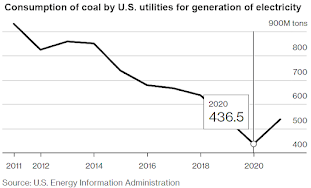"A study of misbehavior among publicly traded companies illustrates the critical watchdog role that newspapers play, and the problems that arise when publications go out of business," Avery Forman reports for Working Knowledge, a publication of the Harvard Business School. "When local newspapers shutter, some businesses evidently treat the lack of press coverage as permission to act badly and end up committing more illegal violations, including pollution, workplace safety infractions, and financial fraud," according to research by Harvard associate business professor Jonah Heese, University of California San Diego professor Gerardo Perez-Cavazos, and Erasmus University professor Caspar David Peter.
They undertook the study because, while previous research showed that the lack of local news results in less-informed voters, not much was known about how it affected corporate conduct. They "found that after a newspaper shuts down, violations at publicly listed companies in the paper’s circulation area increased by 1.1 percent and penalties from regulators rose by 15 percent. [They] also found that the nature of many violations was more severe in towns without newspapers," Forman reports. Those percentages translate to real money: over three years, the average company saw a $30,000 increase in penalties, and the average community whose paper closed saw about a $1.2 million increase in corporate penalties.
"The results also suggest that when firms felt they could get away with something, they went big," Heese told Forman. "The severity of the violations companies committed after newspapers vanished was more alarming than the increased volume, he says. And, because the data only captures wrongdoings that are detected, the real figures are likely higher, he notes."














